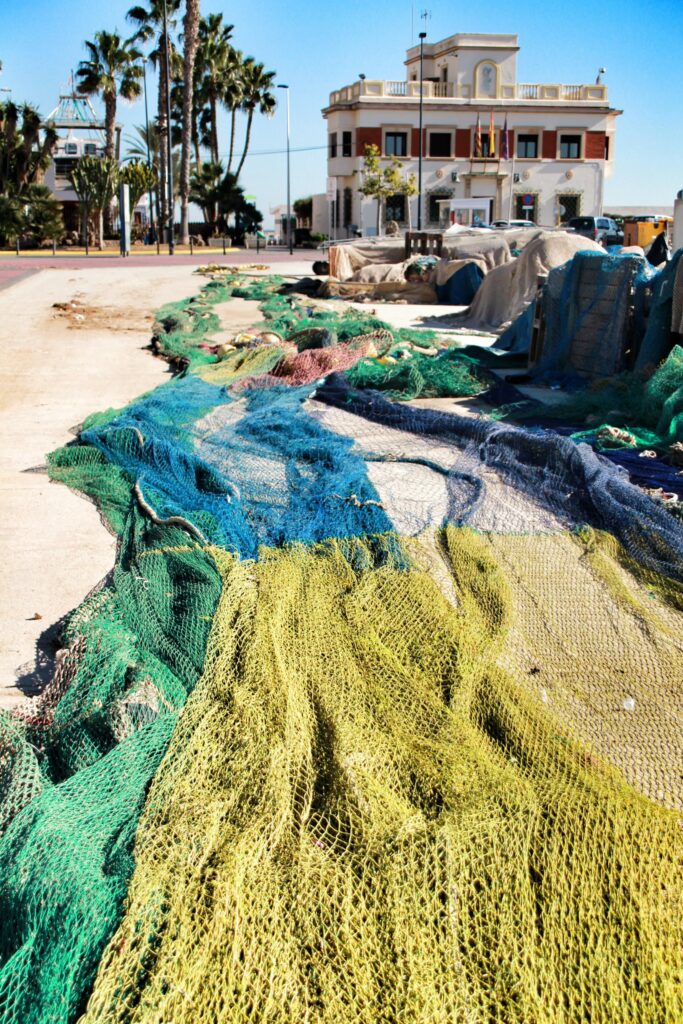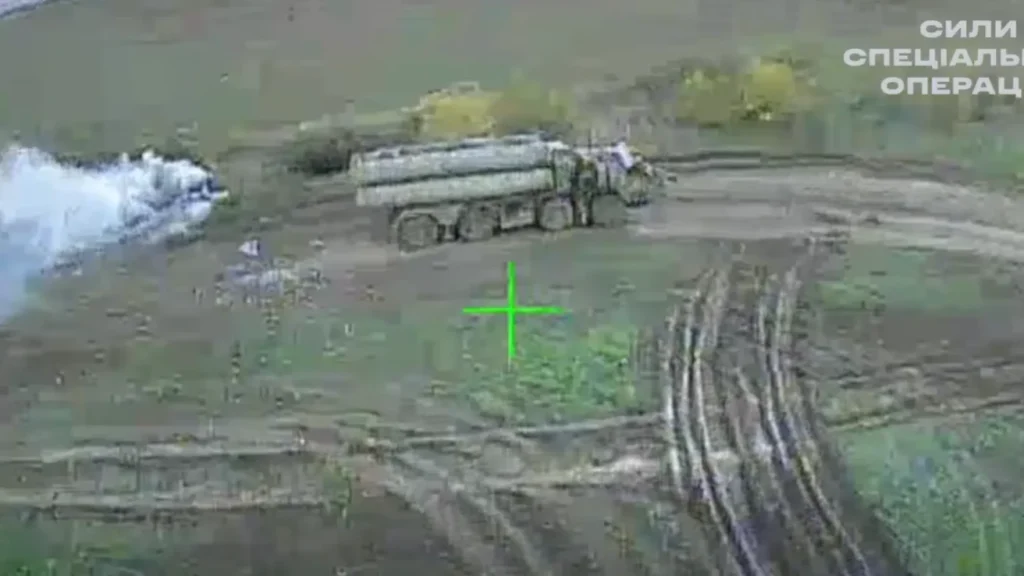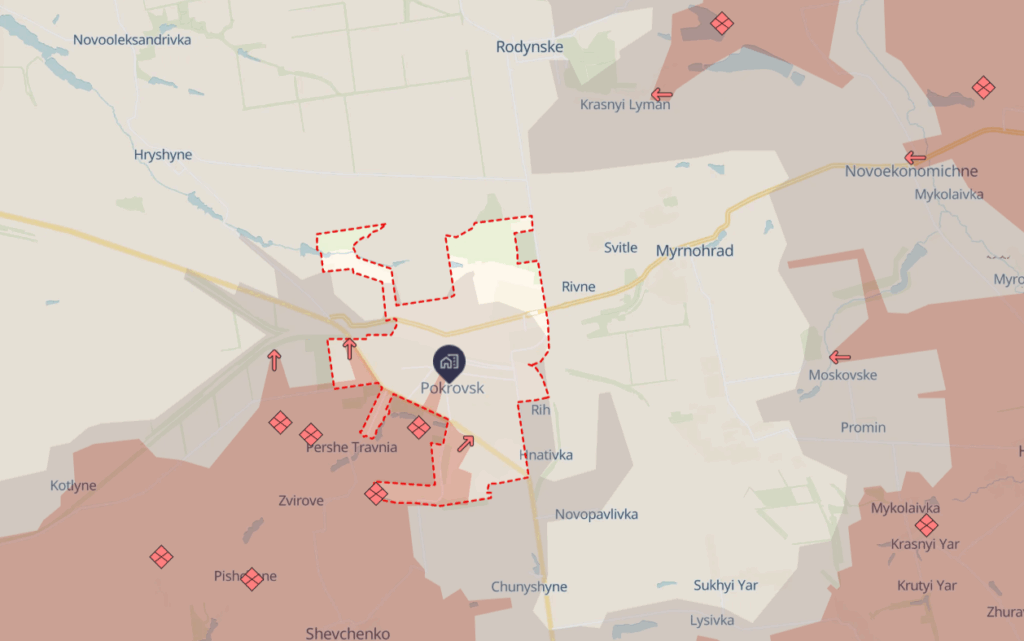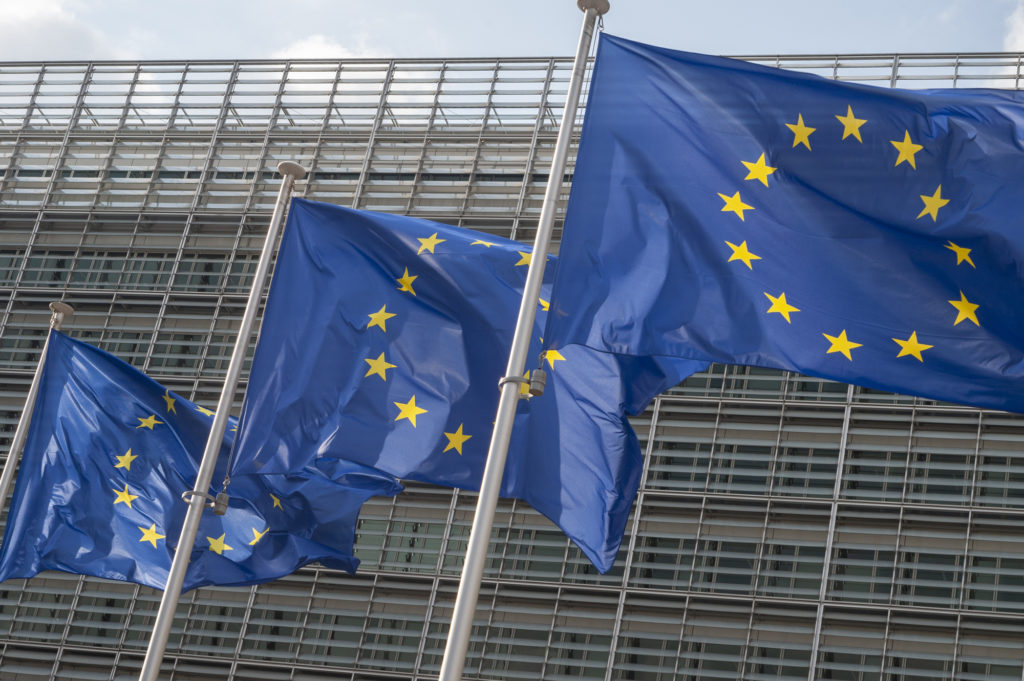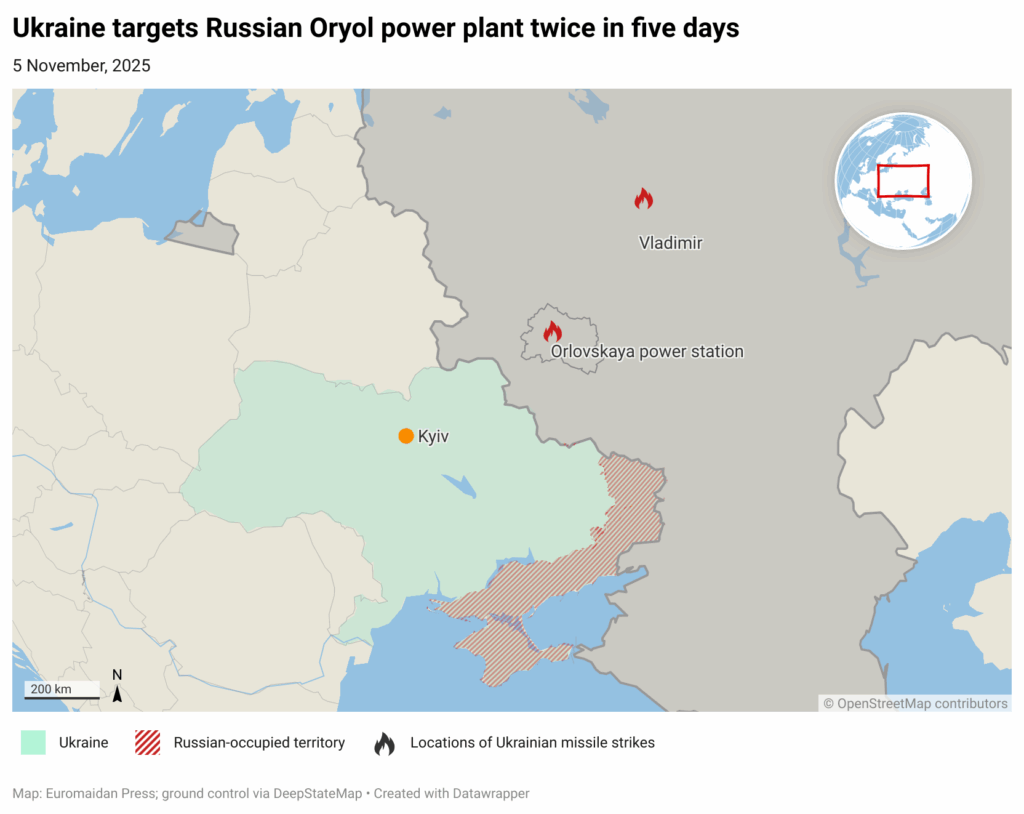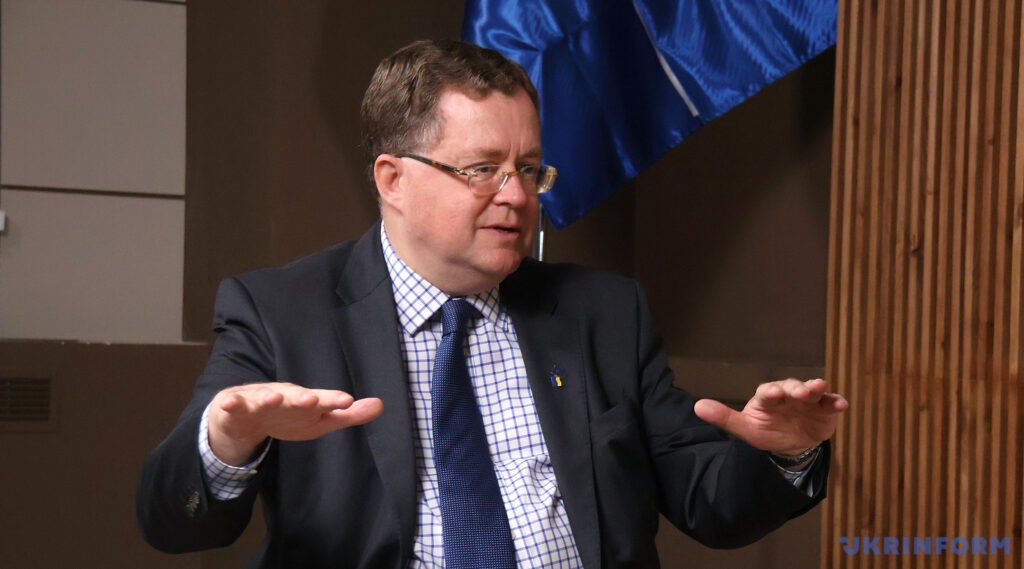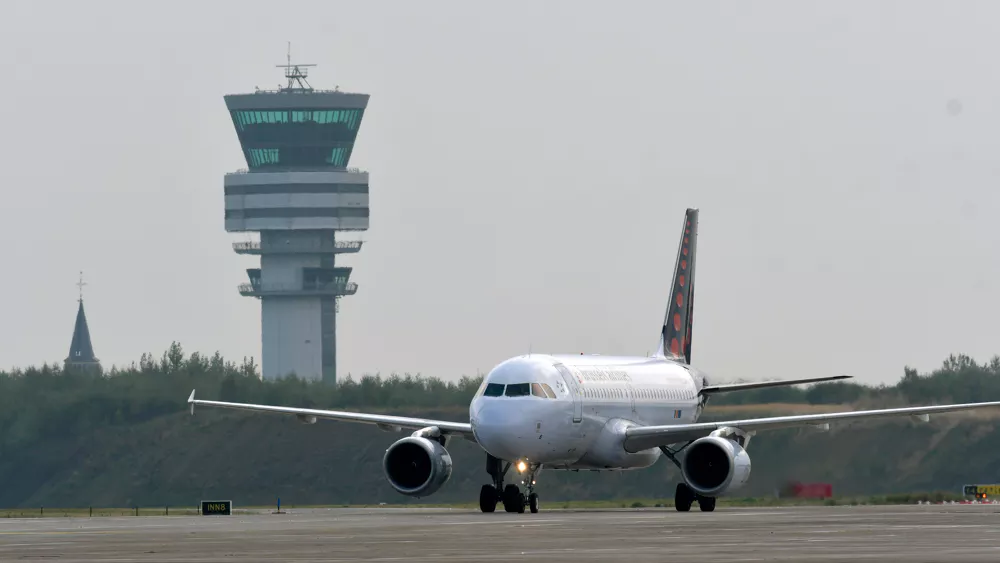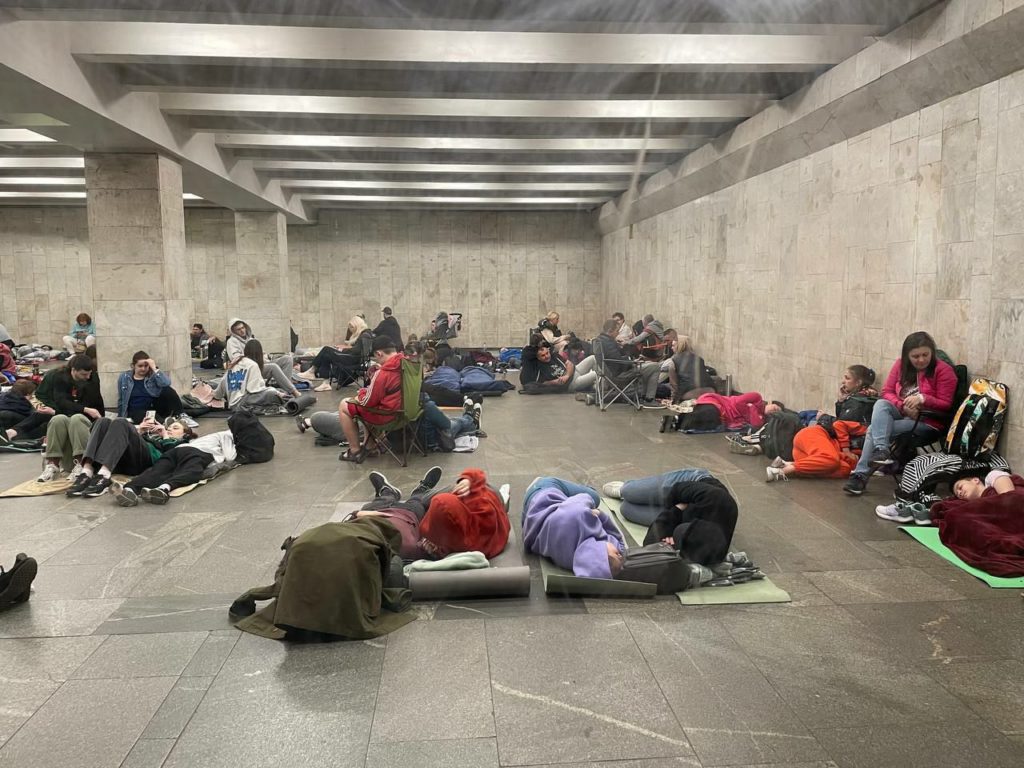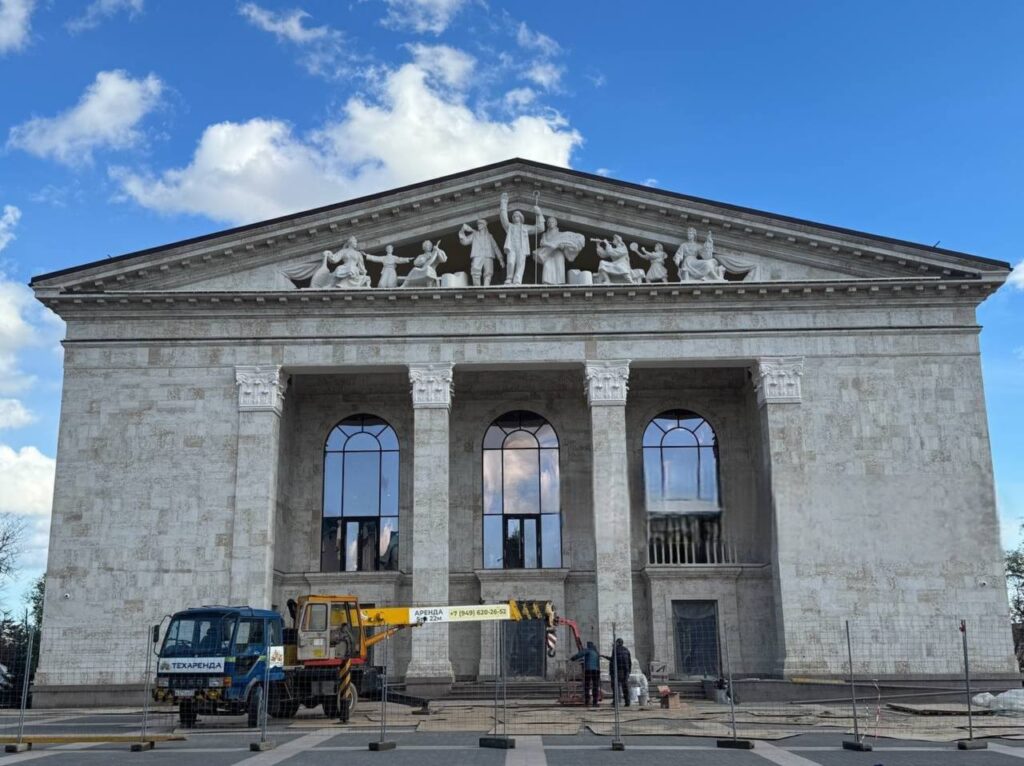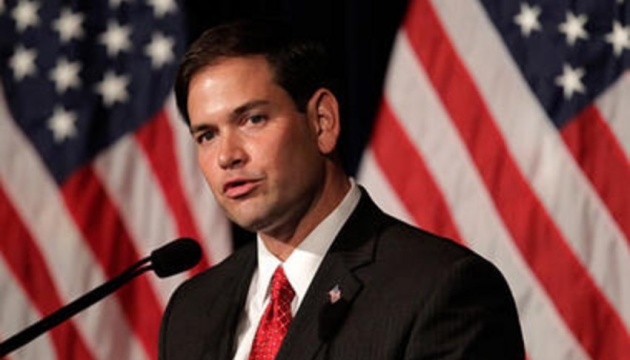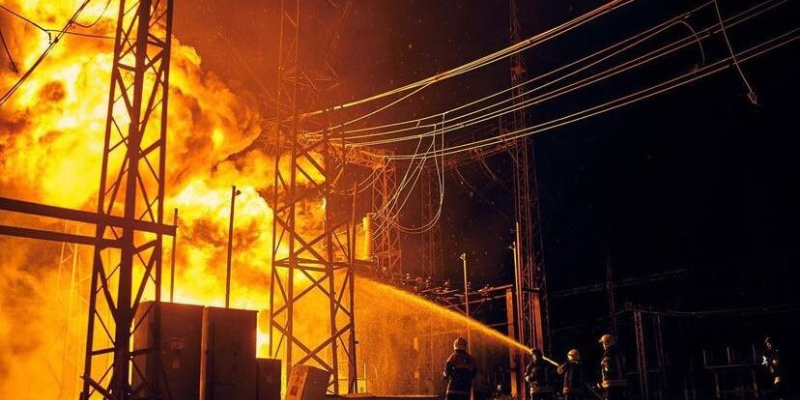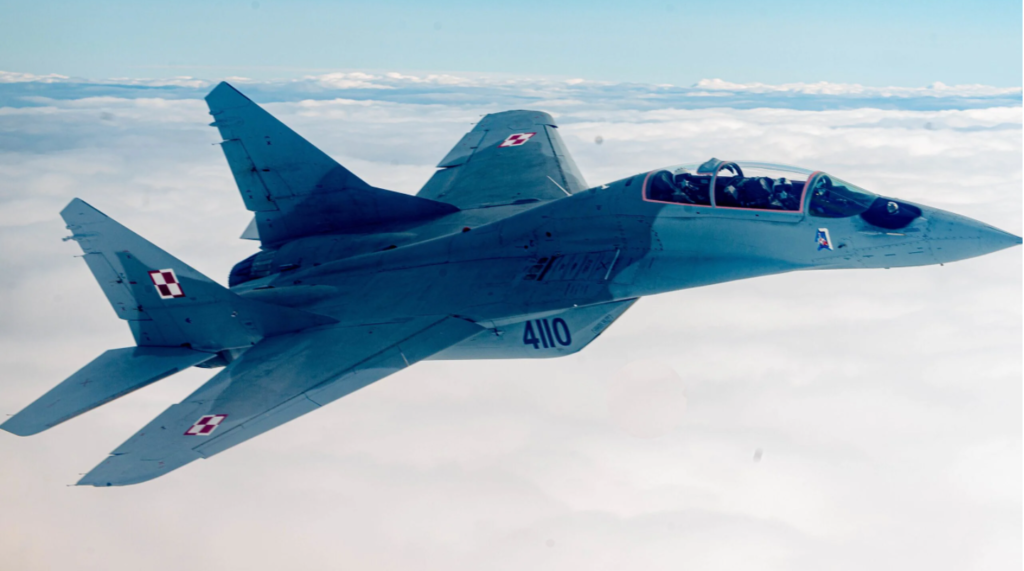Germany won’t cut Ukraine aid over corruption case but will watch “very closely,” spokesman says
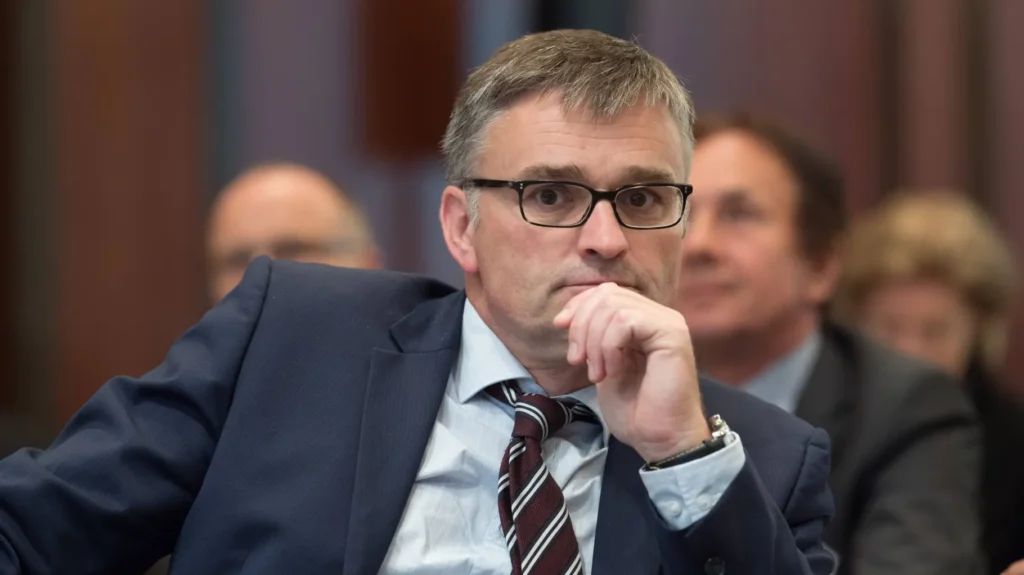
Germany maintains its confidence in Ukraine following a major corruption scandal in the country's energy sector, according to German government spokesman Stefan Kornelius in comments to DW
"The federal government will now very closely monitor developments," Kornelius said on 12 November. "We are in the closest confidential contact with the President [of Ukraine Volodymyr Zelenskyy and continue to be at his side, especially in such situations. Now we will observe the development in this particular case. And, if necessary, we may have to take measures in this matter as well."
The spokesman was responding to questions about whether the scandal would lead Germany to tighten control over how Ukraine uses aid.
"At this moment we have confidence in the government of Ukraine that it will take care of resolving this issue itself, as well as in anti-corruption bodies - that they will solve this case and bring it to a logical conclusion," Kornelius emphasized.
He added that corruption is not on the agenda for German-Ukrainian intergovernmental consultations scheduled later this year, and its discussion is not planned.
Finland previously reported that the corruption scandal in Ukraine's government would not negatively impact the European Union's plans to provide financial assistance to Kyiv.
The National Anti-Corruption Bureau of Ukraine (NABU) announced on 10 November an investigation into a large-scale corruption scheme at the National Nuclear Energy Generating Company "Energoatom," codenamed "Midas." Businessman Tymur Mindich, co-owner of Kvartal-95 and former partner of President Zelenskyy, was identified as the scheme's organizer. The prosecution stated that Mindich exerted influence on former Energy Minister Herman Halushchenko and former Defense Minister Rustem Umerov.
On the morning of 12 November, Prime Minister Yulia Svyrydenko announced that Halushchenko, now serving as Justice Minister, had been suspended following the NABU investigation.
Suspects in the case include a businessman described as the head of a criminal organization, a former advisor to Energy Minister Herman Halushchenko, the executive director for physical protection and security at Energoatom, and four individuals involved in the back office for money laundering. Former Deputy Prime Minister and ex-Minister of National Unity Oleksiy Chernyshov also received suspicion.
Two government members will be dismissed in the near future - Energy Minister Svitlana Hrynchuk and Justice Minister Herman Halushchenko.
Foreign Minister Andriy Sybiha discussed the corruption scandal with international partners during a meeting in Canada with counterparts from France (Jean-Noël Barrot), Germany (Johann Wadephul), Italy (Antonio Tajani), and the EU (Kaja Kallas).
"I informed our partners about the situation on the battlefield, efforts to achieve peace and the fight against corruption. I confirmed that those involved in corruption schemes will be held accountable - this is the firm position of President Volodymyr Zelenskyy and our government," Sybiha wrote on X following the talks.
Read also
-
WhatsApp groups and dossiers: Ukrainian diplomat reveals how Russia sabotaged Istanbul peace talks
-
Three years ago Ukraine bought Turkish drones—now it produces 4 million yearly, outpacing US
-
No forests to hide in, no urban fortifications: Ukraine’s southern front becomes Russia’s open killing field




